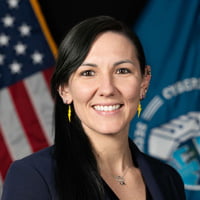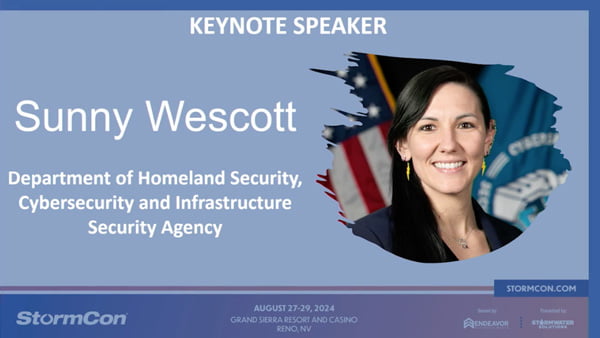
Date: Presented at StormCon 2024 in Reno, Nevada on August 28, 2024
Speaker: Sunny Wescott
Credits: 0.15 CEU / 1.5 PDH / Approved for all Envirocert International, Inc. (ECI) Certifications: Approval #PDH-0042
Our keynote session will feature a national overview of the changes occurring in the upper atmosphere triggering intensity and longevity shifts in weather patterns at the surface. From this presentation, attendees will be able to understand the cascading weather events threatening water safety and security as well as the supporting critical infrastructure and operators in each region across the US. Analyzing recent climate trends over the past 120 years shows strong evidence of growing weather threats to various critical infrastructure sectors as longer lasting heat domes, changes in our winter weather, heavier rainfall events, expansive wildfires, sea level rise, and stronger, more frequent tropical cyclones are occurring nationally against aging infrastructure. As many parts of the water sector were built to climatological standards from the mid to late 1900s, weather events can cause more damage than normal from the increasing intensity and prevalence. Drought conditions have expanded nationally as heat domes and shifts in the rainfall stability have caused surface water levels to drop and reliance on groundwater has reduced what were accessible backup reserves, presenting a concern for water security. In this presentation, attendees will be provided with studies, statistics, and solutions taken from impacted areas and available best practices being advocated across numerous sectors. All of the concepts, statistics, and graphics will be applicable across the U.S. for impacts to consider not just to major waterways, infrastructure, ecological stability, or societal implications, but the subsequent impacts to supply chain and resiliency of multiple sectors, all interlinked, in whole.
Session duration: 1 hour 12 minutes
About the Presenter

Sunny Wescott is a Federal Emergency Response Official Chief Meteorologist with the Department of Homeland Security (DHS) Cybersecurity and Infrastructure Security Agency (CISA) specializing in national extreme weather hazards and climatological studies for impacts to public and private sector key resources.
Wescott has degrees in Homeland Security Management, Public Safety Administration, and Atmospheric Sciences and is a member of the American Meteorological Society (AMS) and the International Association of Emergency Managers. During her time in the US Air Force as a Lead Meteorologist, Wescott trained on continental and oceanic weather as the Top Forecaster for her support region and is considered a subject matter expert for multiple climatological events such as drought, wildfires, tropical cyclones, and more. storms. Since 2018, Wescott has been providing support to various working groups across the federal government including the Resilient Power Working Group, CISA’s Extreme
Weather Working Group, the National Disaster Resiliency Council, the Climate Security Council, the National Drought Resiliency Partnership and more.
While previous roles within CISA focused on working with emergency response operations for telecommunications, critical infrastructure, and executive briefing support which integrated her background of operational forecasting from her military experience, Wescott’s current role with CISA’s Infrastructure Security Division, Assistant Chief of Staff office, enables Extreme Weather Outreach by providing focused reports for regions and critical infrastructure operators before, during, and after disasters.






